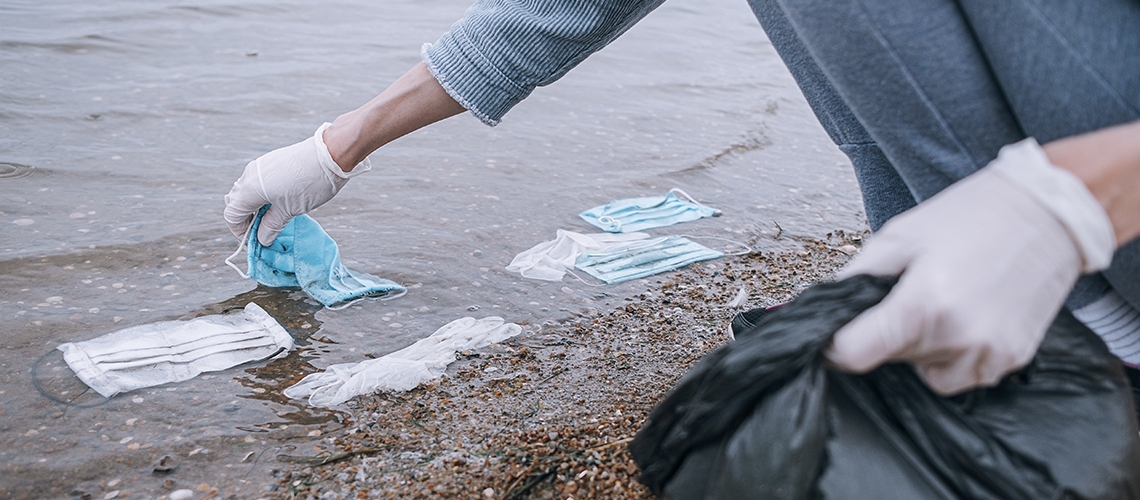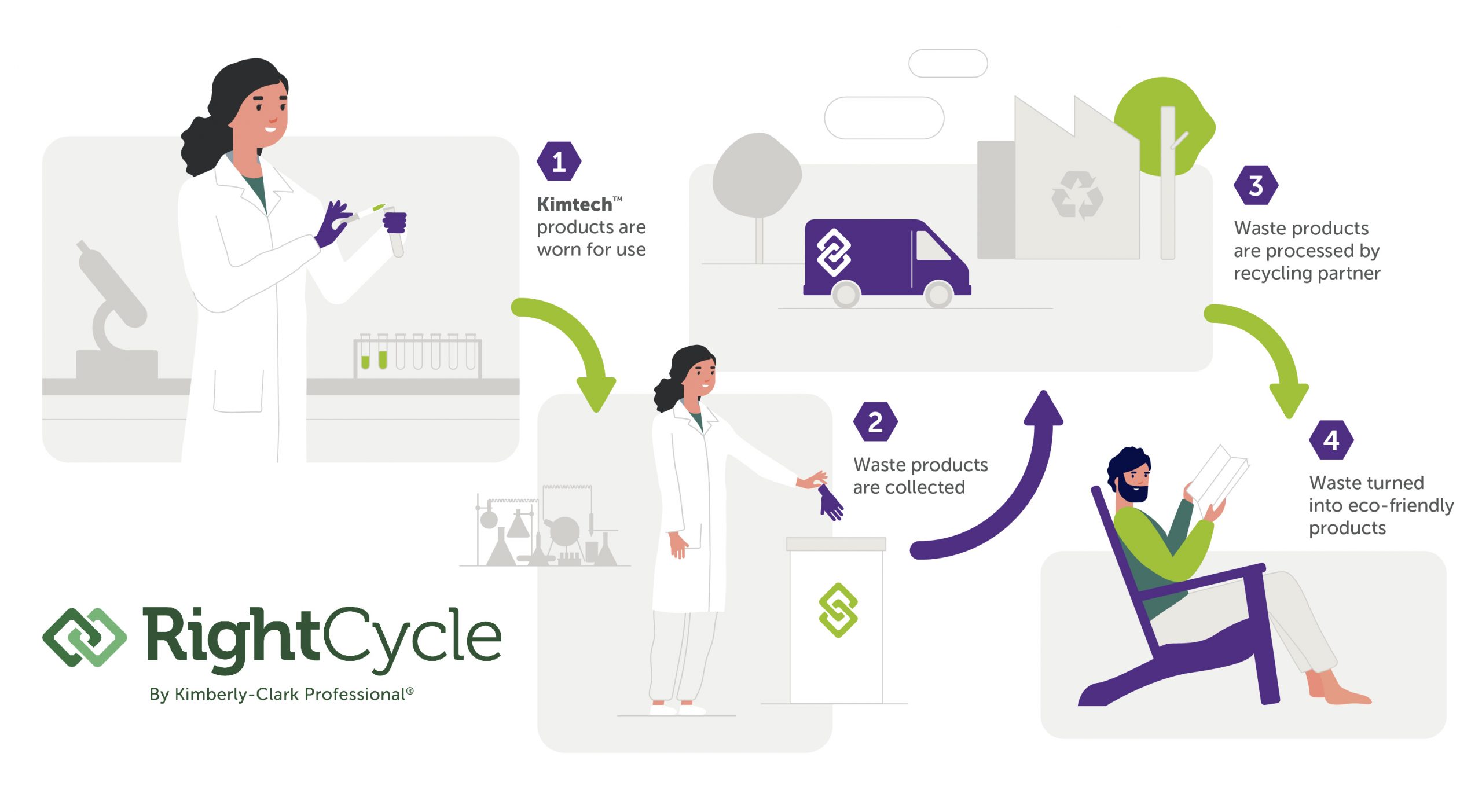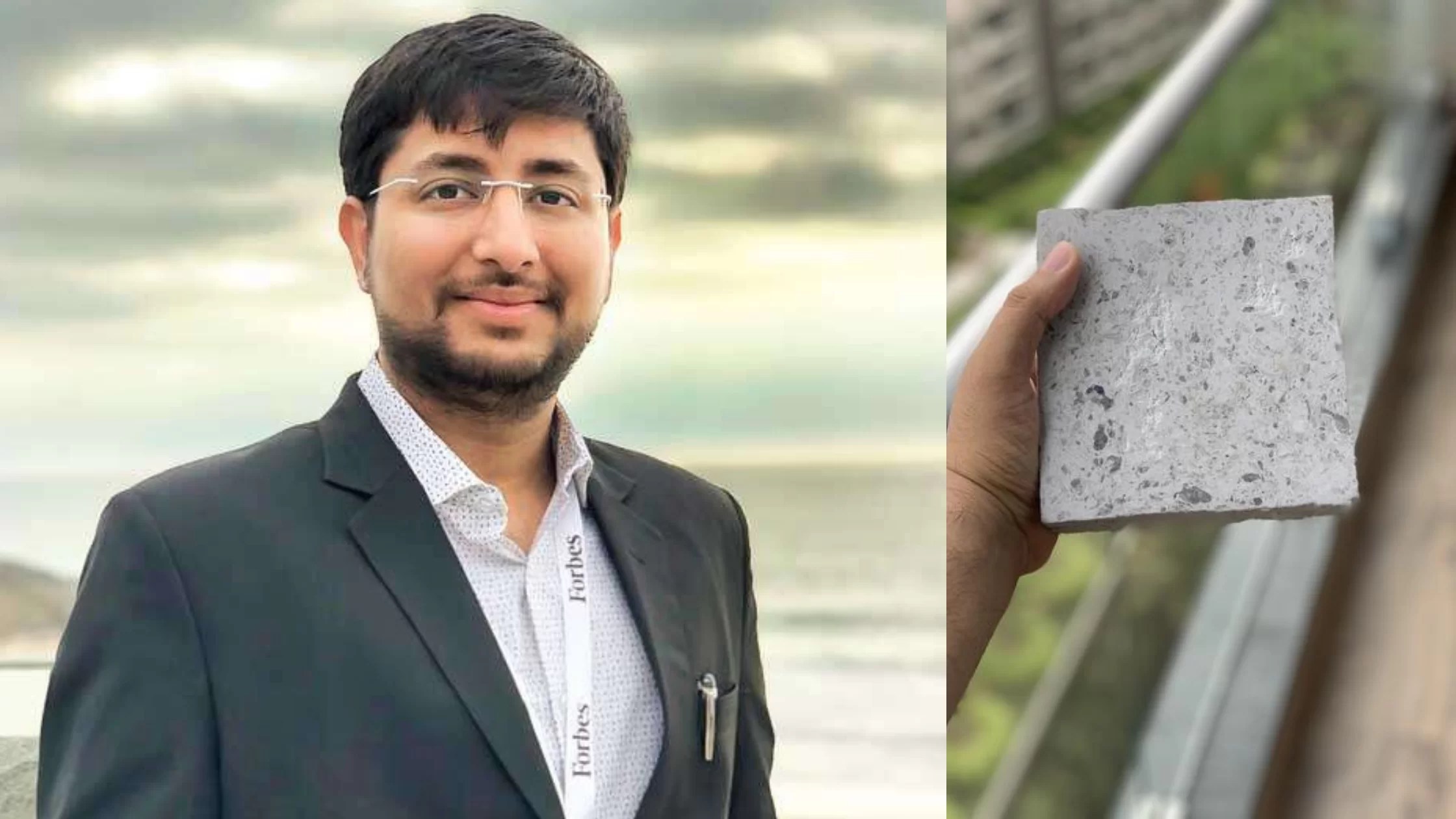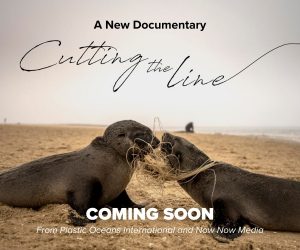Charlie Rolsky gives us a perspective of the challenges the last 2 years presented, as well as hope for a better future in 2022
The past few years have been a bit out of the ordinary, haven’t they? Here we are, in early 2022 and hoping to get off to a much better start than 2020 or even 2021.
One thing that comes from struggle is growth and the fields of ocean conservation or plastic pollution are not immune to this. So, what did we learn last year and what are we looking forward to changing in this year? I’ll highlight a few important trends.
We all know what 2020 consisted of but leaping into 2021, I began the year with optimism about our future as humans and optimism for the future of the planet. One major concern brought on by the previous year was the amount of overall waste we generate, specifically looking at personal protective equipment (PPE) or single-use items, which skyrocketed due to the pandemic. While these items helped save countless lives, we can’t ignore the facts. One study discovered that the pandemic contributed to 80 times more disposable facemask waste in our trash than previously before1. Also, due to a higher frequency of at-home deliveries, the plastic packaging market is thought to have grown from around $900 billion in 2019 to over $1 trillion in 20212. We’ve also come to learn that recycling had taken a hit due in part to lockdown measures preventing key players from their solid waste management roles in South Asia, for example, leading to a 65% reduction in volume of plastics intended for recycling3. Oil is also at a low price point making it more cost-effective to produce virgin plastics rather than recycle used plastics. All of this is exacerbated by folks in the plastics industry promoting single-use plastics as being more hygienic in light of spreading the virus4. Though this may be true, it’s a tough pill to swallow knowing the implications.

PPE equipment waste has gone up during the COVID-19 pandemic. (Photo: WorldBank)
The pandemic has also created a new form of waste for us to sort. Medical waste. As health testing has been ramped up across the world, we now have an additional sorting step in order to have some semblance of sustainability in the medical or laboratory world. For example, here at Arizona State University, we’re lucky to have created a salivary test for COVID-19 that has extended into our surrounding communities. You simply spit through a straw into a plastic receptacle for subsequent analysis. The straw and the salivary container are now considered biohazardous and must be treated as such (normally incinerated), but the plethora of other plastics involved in analyzing the samples are considered to be clean, despite their single usage. This creates an opportunity to sort our medical items and to then upcycle them. This is something I will be highlighting soon in a Breaking It Down episode so stay tuned!
Oof. Okay I just looked at cute cat pictures to cheer me up after all of that so let’s look forward to 2022.

RightCycle process of turning PPE waste into new objects. (Photo: Kimberly-Clark)
Many companies are getting more diverse with their recycling and upcycling strategies which is a major boost of optimism. Groups such as Terracycle have been working on this for years and are trying to keep up with the recent surge of PPE waste5. Other companies, such as RightCycle, are turning PPE waste into resins that can be used to make new items instead of tapping into virgin materials6. More and more businesses are utilizing green or circular models to increase their sustainability and decrease their waste output. Aforementioned extra sorting has created avenues for the upcycling of normally inaccessible plastic waste, which is something that never previously existed. This provides much more material, which is very high quality, literally turning trash into treasure. Creativity and ingenuity from folks such as Dr. Binish Desai, who turns PPE waste into eco-friendly bricks, is also something to look forward to in the year ahead7.

Dr. Binish Desai with a sample of the eco-bricks he produces. (Photo: Rotary International)
Seeing the latent value of plastic waste is of paramount importance. By diversifying our recycling and upcycling strategies, we monetize the collection, sorting, and overall acquisition of trash. Although 2021 brought us struggles with waste management, we’ve grown to create exciting avenues for a more trash-free and sustainable future.
Bring it on, 2022.
Sources:
- Roberts, K. P. et al. Increased personal protective equipment litter as a result of COVID-19 measures. doi:10.1038/s41893-021-00824-1.
- Packaging Market Worth $1,012.6 Billion By 2021: MarketsandMarkets – Covering the Printing Inks, Coatings and Allied Industries – Ink World. https://www.inkworldmagazine.com/contents/view_Content-microsite/2020-05-04/packaging-market-worth-10126-billion-by-2021-marketsandmarkets/.
- Unmasking the pandemic’s impact on plastics waste management across South Asia. https://blogs.worldbank.org/endpovertyinsouthasia/unmasking-pandemics-impact-plastics-waste-management-across-south-asia.
- Radoszewski, T. From the Plastics Industry Association. https://www.politico.com/states/f/?id=00000171-0d87-d270-a773-6fdfcc4d0000.
- Recycling companies see influx of PPE waste since pandemic. https://www.thedenverchannel.com/news/national/weve-created-a-lot-of-ppe-waste-and-its-harder-to-recycle-than-you-may-think.
- RightCycle offers cure for waste dilemma – Recycling Today. https://www.recyclingtoday.com/article/kimberly-clark-rightcycle-plastic-ppe-recycling-medical/.
- Meet the Recycle man of India, turning used PPE Kits and masks into bricks | Trending – Hindustan Times. https://www.hindustantimes.com/trending/meet-the-recycle-man-of-india-turning-used-ppe-kits-and-masks-into-bricks-101627290434521.html.
Dr. Charlie Rolsky is Director of Science for Plastic Oceans International. He is also the host of Breaking It Down, With Charlie Rolsky – a YouTube series from Plastic Oceans that simplifies the science, while having a bit of fun. He conducts research at Arizona State University, where he works on marine and aquatic plastic pollution, a major concern within many ecosystems and environments around the world.

